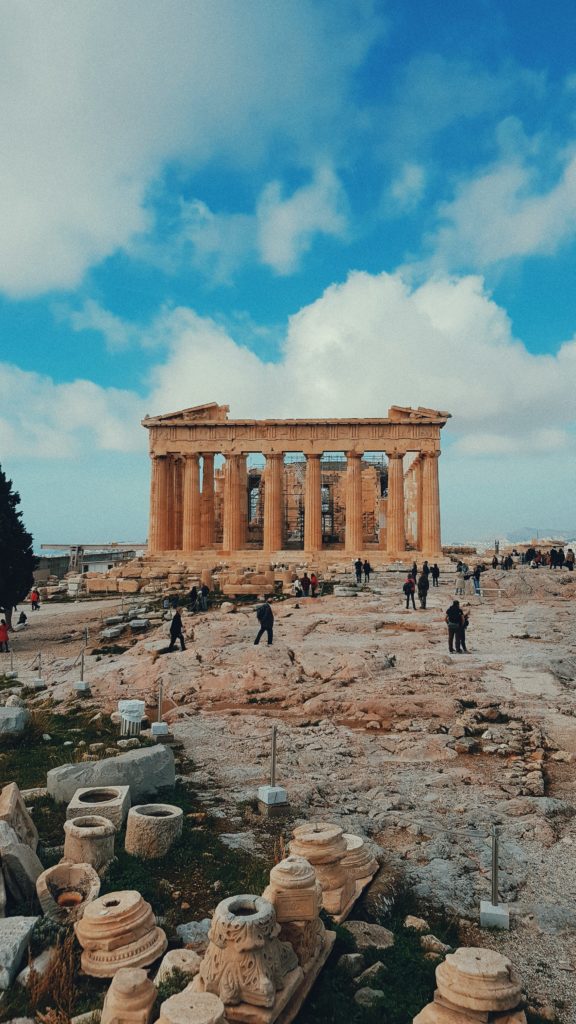As an education student at Hope College, I get to join a classroom at various times throughout the week to learn about education from a practicing teacher. One of my placements teaches a Greek mythology elective, which is one of my favorite classes to observe because of how engaging it is.
This class made me think a lot about what is more commonly taught in English classes like the ninth-grade courses I also observe in this placement. This class does not seem as clearly connected to typical literature practices since it incorporates a lot of history and religious aspects as well. Yet, this class is closer to the study of language than I gave it credit for because many texts began as oral traditions or storytelling for a culture that was passed down and eventually recorded. This is something common to different cultures and the traditions within the cultures.
Oftentimes, we look to stories as entertainment through books, movies, podcasts, or other mediums. In the past, these stories have been a way to connect people across generations or places and also a way to preserve beliefs and cultures. Comparing stories across time or other barriers tells a lot about the different values and beliefs of those people based on what they focus on or communicate at the center of the message.
This Greek mythology class understandably talks a lot about myths, but there are many other versions of stories that circulated in the past and made their way into print.
Myths are stories that try to answer life’s overarching questions. They might explain how the Earth was created, what happens after death, why the seasons change, or anything that lacked a clear explanation. Each culture has its own unique explanation about how the world was created and usually, they incorporate a set of heroes or gods to show good and bad behavior. For example, the Great Flood is an example of a myth found in various cultures from Native American tribes to the Chinese, to the Christian Old Testament to the ancient Mesopotamians.
Another area of storytelling is folktales, which are fictional stories about people or animals. These tend to incorporate morals or lessons unlike the function of myths which is to explain some phenomenon. Fairytales are examples of stories that teach moral lessons or even fables like the Tortoise and the Hare.
The ways that we communicate and preserve our stories have changed over time with advancements in technology. Now we do more things digitally since taking pictures preserves memories and posting on social media connects people across the world.
Previously, telling stories was a common pastime and a way to build community. This change is one reason why it is important to continue to read stories with Greek mythology being one of the most common examples of this. It is a way to learn about people from the past and what they used to believe to be true.
